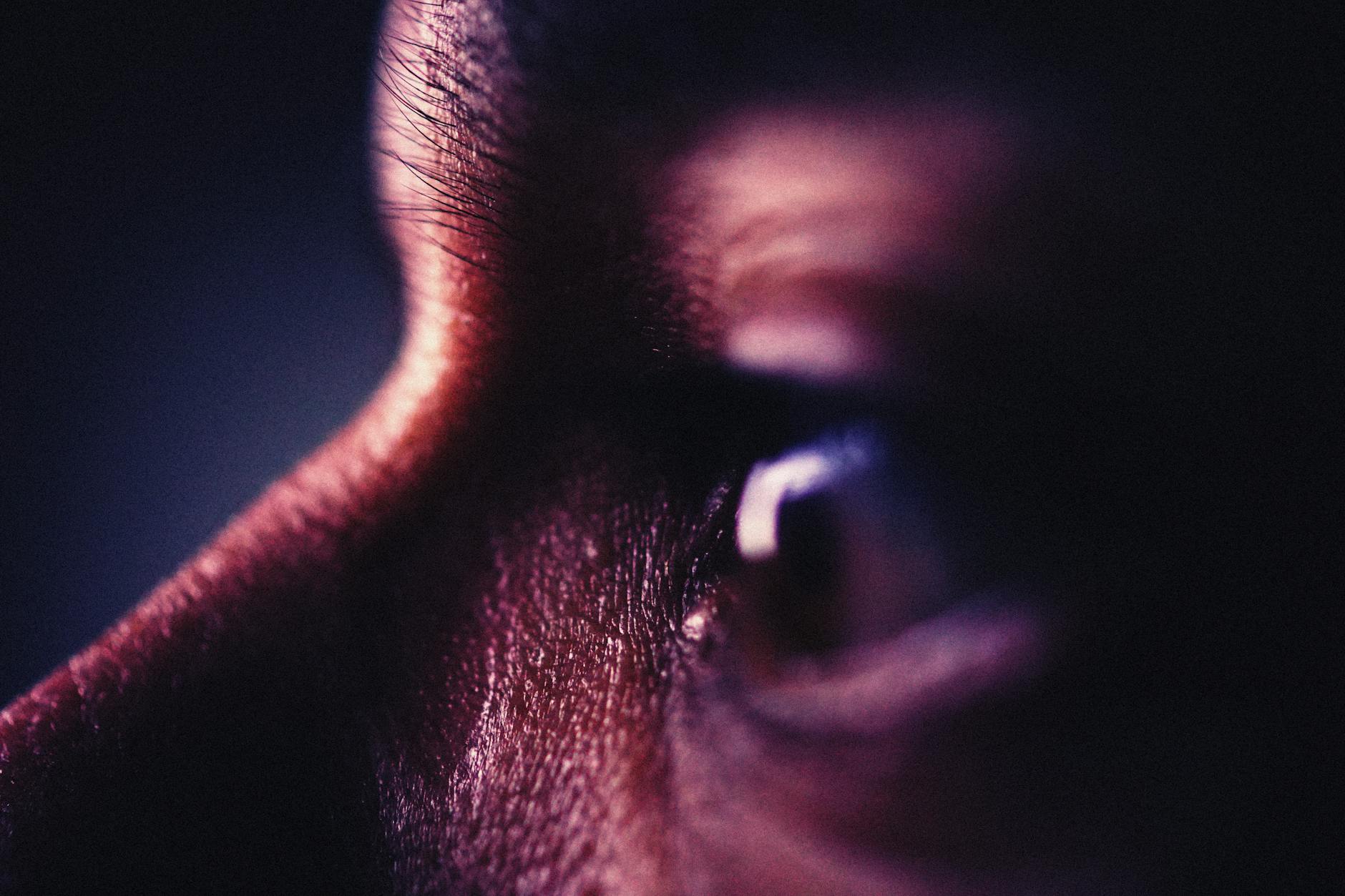Art and science are two realms that are often seen as distinct. However, when these two collide at the fascinating crossroad of psychedelic art and neuroscience, a synergy blossoms, giving us glimpses into the complexities of human perception and consciousness.
Psychedelic art is known for its vibrancy, complexity, and surreal imagery that speaks volumes about altered states of consciousness. It often reflects the experiences of individuals who have used consciousness-altering drugs, such as LSD or psilocybin. But beyond the realm of pure artistic expression, this genre offers a unique gateway for neuroscience to explore the deep mysteries of the human brain.
Artistically appealing and cerebrally stimulating, psychedelic art, with its exaggerated shapes, powerful contrasts and kaleidoscope-like patterns, is thought to reproduce the visual effects of hallucinogens in our brain. It lets us visually depict the experiences of the ones under the influence, making it a profoundly experiential tool for research.
One of the scientific phenomena that psychedelic art brings into focus is synesthesia. Synesthesia is a condition where one sensory input triggers another, like ‘seeing’ sounds or ‘hearing’ colors. Some researchers believe that the hallucinations experienced during the use of psychedelic drugs are akin to a synesthetic experience, and that the art created under the influence can provide deep insight into this intriguing condition, broadening the scope for understanding how our brain connects and processes sensory information.
As we continue to dig deeper into the realm of neuroscience and brain imaging, we realize that our cognition, our perception of reality is influenced, and can be altered, by the chemicals we introduce to our body, leading us to radical reinterpretations of our consciousness. What makes the intersection of psychedelic art and brain science even more intriguing is the role it plays in the therapeutic use of psychedelics.
Psychedelic substances, such as psilocybin and MDMA, are increasingly being considered as promising components of mental health therapy. Research has begun to illuminate their potential benefits in treating a range of disorders, including depression, PTSD, and addiction. Many of these treatment models involve using the drug in a controlled setting to facilitate a profound, introspective experience (psychedelics in therapy).
As the patient navigates through their altered state of consciousness, art becomes a poignant tool for expression and communication, turning a therapeutic session into a creative exploration. It allows individuals to deconstruct and reconstruct their experiences in the form of visual narratives, a process through which healing can take place. Considered an expression of the ‘inner landscape’ of our minds, psychedelic art and the science behind it potentially illuminate a path towards understanding and treating complex mental conditions.
The synergy of psychedelic art with scientific principles encourages us to rethink the boundaries of our perception, challenging us to understand consciousness in new, profound ways. The unique structures and patterns in psychedelic art are not merely fantastical imaginings; they reflect the neural connections forming and reforming in the brain. Through the lens of neuroscience, we can view this art as a model for the mind at play – imaginatively, perceptually, and cognitively.
In conclusion, the intersection of psychedelic art and science is a testimony to the astonishing capabilities of the human mind and its capacity for creativity and resilience. With ongoing research in this creative scientific avenue, we can continue to understand our minds in remarkable, unexpected ways, pushing the limits of our knowledge, and potentially, our therapeutic tools.
The fusion of psychedelic art and science encourages dialogue and innovation, broadening our perception of reality and deepening our understanding of the mind. This intersection, at once beautiful and intricate, continues to catalyze a stimulating journey of exploration and discovery that holds great promise for the future.
Sources:
1. Neuroscience : Link
2. Research : Link
3. Brain Imaging : Link
4. Psychedelics in therapy : Link




